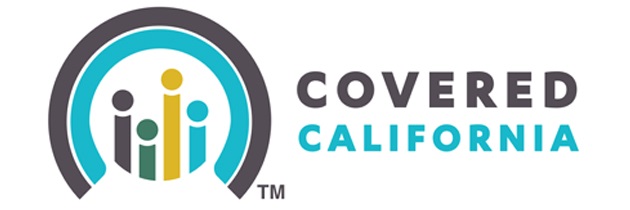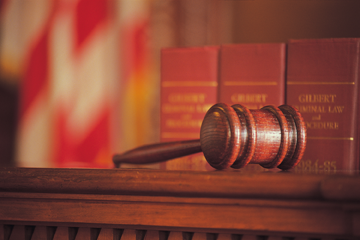The U.S. Forest Service is seeking comments about a proposed project to
establish and maintain community defense fuel breaks across the San
Bernardino National Forest.
The proposed project is still in the planning stages. While the SBNF
team is considering treatment of 25,000 acres, where and how will be
decided later.
The entire SBNF encompasses slightly more than 812,000 acres, of which
about 17 % are not federal. For example, Idyllwild, Pine Cove and Garner
Valley are all within the boundaries of the SBNF.
“Each phase in the Community Defense Fuel Break project covers 2,400 to
3,000 acres. There will be three phases on each of the three districts
across the SBNF. Estimated time for completion per phase is
approximately four to six years based on availability of funding,
workforce and all the priority projects that we have across the forest,”
Gus Bahena, public affairs specialist for the SBNF said in an email to
the Town Crier.
The purpose of the proposed project is to create a more fire-resilient
forest structure across the vegetation communities within the Forest.
The intent is to limit loss of life and property in the southern
California communities within and adjacent to the SBNF as well as
improve recovery from the high intensity of wildland fires that are a
natural part of this state’s ecosystem
When completed, the project will reduce the number of acres at risk from
excessively frequent fires while improving defensible space around
communities and create more fuel breaks to slow the progression of fires
to help protect communities in and near the Forest. The project will
also improve suppression opportunities within fuel-breaks adjacent to
private lands, roads and infrastructure within the national forest.
After assessing the Forest overall condition, the SBNF forestry staff
concluded the existing condition is not satisfactory. For example, the
chaparral vegetation density and height are not conducive to safe
suppression opportunities and the pinyon juniper woodlands density would
support crown fires under severe conditions.
The assessment identified some danger to existing transportation routes
from the continuous fuels adjacent to roadways. Consequently, efforts
will also focus on the area (1,000 feet) adjacent to roads and,
especially, escape routes.
Attention will also be given to improving defensible space near
structures adjacent to forest areas.
Also, the overall density of some of the forest is greater than the
historical forest. This reduces the population of large trees and alters
the historic vegetation mix. The current state can favor fire-intolerant
and shade-tolerant species, such as juniper and white fir, according to
the assessment summary.
Prescribed burns will be one of the methods used to improve the forest
conditions. “The intent of prescribed fire is to mimic historic fire
disturbance to reduce surface fuel loadings, raise canopy base height,
reduce tree densities, and control regeneration of conifers and shrubs,”
the FS wrote in its initial statement.
“Prescribed burning is very reliant on favorable weather conditions.
During the last five years, we have come out of drought years, when we
were prescribed burning an average of 800 acres a year, to the recent
more favorable years with an increase in precipitation to just under
4,500 acres in 2023 – which included the Thomas Mountain Burn on the San
Jacinto Ranger District,” Bahena said in his email.
“Mechanical treatments would be used to prepare stands for prescribed
fire or may also be used as a stand-alone treatment in plant communities
where frequent fire is not appropriate, or where existing vegetation
would produce undesirable high-severity fire. Mechanical treatments
would be used to move towards the desired conditions, as appropriate for
vegetation type, as defined in the desired conditions table,” according
to the FS Needs Statement.
Project-generated wood may be left on-site, moved to suitable locations
for public fuel wood gathering, decked, and sold under commercial fuel
wood permits, or piled and burned. Other debris generated may be
masticated, lopped and scattered to facilitate future prescribed fire
treatments, or chipped.
The intent of the request for public comments is to help identify key
issues such as mitigation measures or further analysis of the project’s
possible effects.
Comments are due by September 23 and Forest managers are asking the
public to be as specific as possible. Comments can be submitted online
at http://cara.fs2c.usda.gov/Public//CommentInput?Project=66763.
Additional information, including maps and descriptions can be found on
the project website: https://www.fs.usda.gov/project/?project=66763.
If you have questions or would like to discuss the proposal, contact
Lauren Blake at lauren.blake@usda.gov. Use “Forest-wide Community
Defense Fuel-break Project” in the email’s subject line, the FS
requested.





